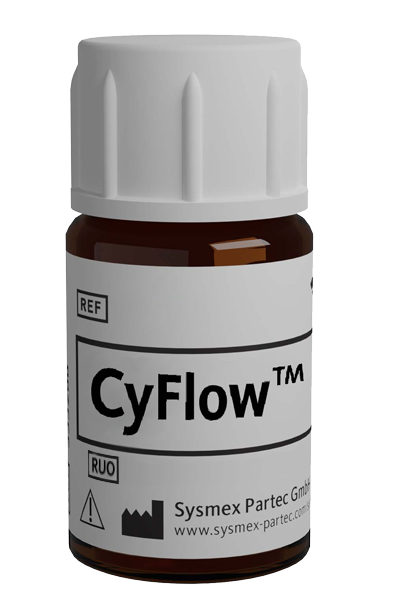Article successfully added.
CyFlow™ CD112 PE
| Alternative Name: | Hve B, HVEB, Nectin-2, PRR2 |
| Antibody: | Yes |
| Antigen: | CD112 |
| Application: | Flow cytometry |
| Clonality: | monoclonal |
| Clone: | R2.525 |
| Emission Maximum: | 576 nm |
| Excitation Maximum: | 496 nm, 565 nm |
| Field of Interest: | Immunophenotyping |
| Format/Fluorochrome: | PE |
| Isotype: | IgG1 |
| Laser: | Blue , Green, Yellow |
| Regulatory Status: | RUO |
| Source Species: | Mouse |
| Target Species: | Human |
| Product number: | AL095410 |
For Research Use Only

